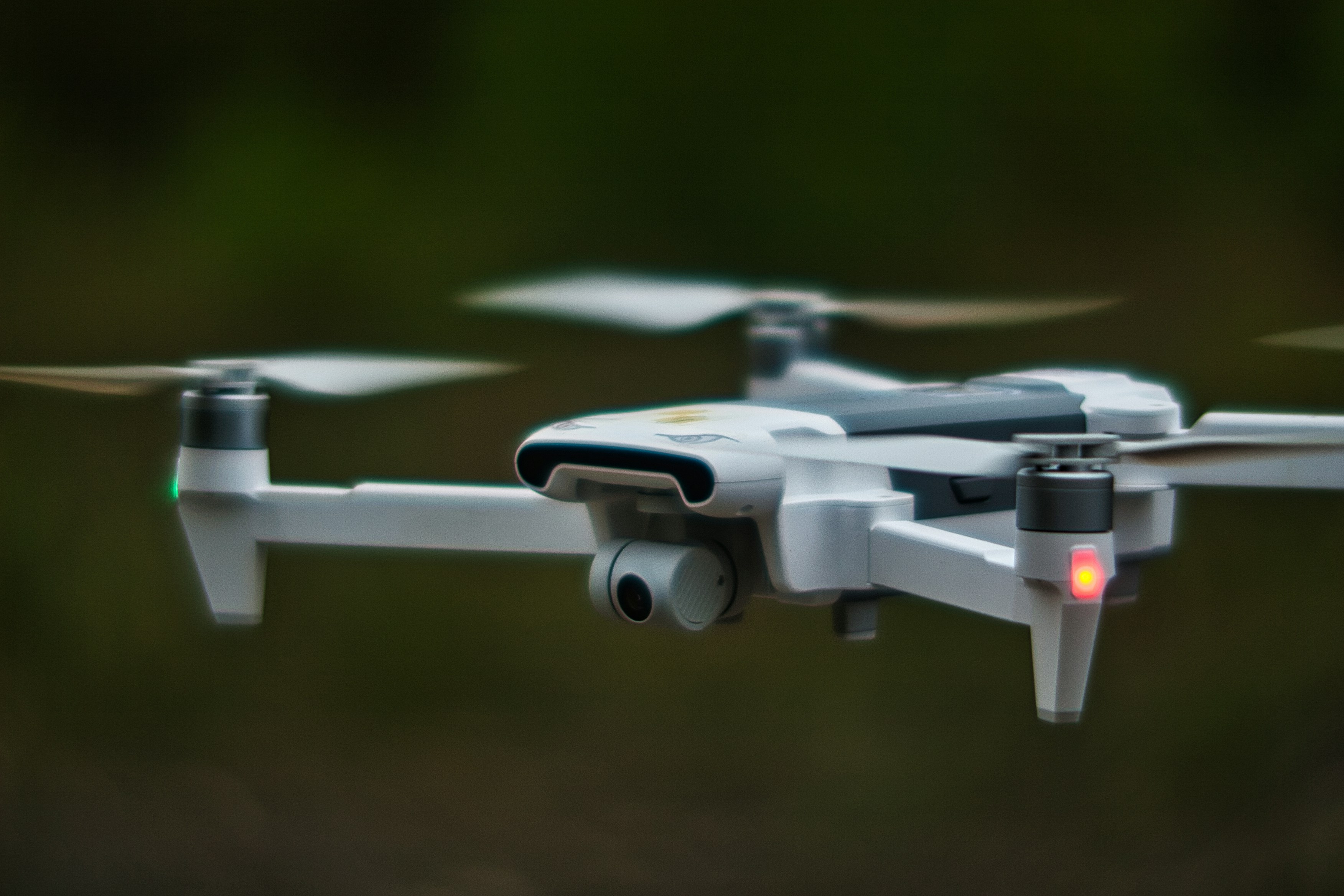Position Summary
To draft, check, implement and maintain the Oceaneering structural integrity management service , ensuring the continued integrity of our client’s onshore and offshore production facilities. This service is to be in line with all Oceaneering/client documentary requirements and onshore/offshore legislation where applicable
Duties & Responsibilities
Functions
(Note: The words structural and naval are equally applicable and interchangeable throughout the following text)
ESSENTIAL
· Prepare and maintain structural inspection and integrity management strategies based on risk-based or time-based methodologies as appropriate.
· Develop and issue detailed inspection workpacks/workscopes for inspections, ensuring all relevant parties are fully conversant with all aspects of the workscopes.
· Manage the production and maintenance of structural inspection plans. Provide client support to meet planning gate criteria.
· Ensure all required structural inspections are carried out and coordinated with all other activities where necessary.
· Review and endorse all relevant structural inspection reports, including 3rd party NDE reports, and confirm the inspections have been carried out as required by the strategies.
· Carry out a first-pass assessment of reported defects and report any anomalies. Highlight any areas of concern to the client focal point as appropriate and advis when conditions present an immediate threat to structural integrity.
· Undertake specific investigations into structural issues and engage 3rd parties as necessary to complete the scope.
· Liaise with offshore inspection teams (including RAT, UAV & ROV) to continuously improve the jacket and topsides structures inspection scopes.
· Produce structural inspection annual summary reports.
· Prepare and review regular KPI, technical and other client-specific reports as required.
· Support the Project Managers and Principal Structural Engineer in contract delivery via technical assurance and cost management.
· Ensure all work is compliant with regulatory/client requirements and safety standards/practices.
· Promote the use of specialist technology to provide a more efficient service and to resolve unusual/special problems, liaising with the client on implementation as appropriate.
· Participate in bids and proposals, including the assessment of scopes and estimation of CTR values.
· Initiate and drive continuous improvement in service delivery, maintaining good client relationships and building the business.
· Provide technical leadership and authority in structural engineering, delegating work to junior engineers within their capabilities, and reviewing output.
· Support staff development by sharing best practices
· Carry out periodic audits of discipline activity against Oceaneering and client inspection standards.
ON-ESSENTIAL
The list of job duties is not exclusive or exhaustive and the post holder will be required to undertake tasks that may reasonably be expected within the scope of the post. Assist with any other duties as and when required. Undertake specific projects as instructed by management.
Safety
Ensure that the Safety policies and procedures are understood and adhered to so far as is reasonably practicable in order to ensure a safe working environment.
Other
Carry out work in accordance with the Company Health, Safety, Environmental and Quality Systems. Perform the assigned tasks with due diligence regarding the Integrated Management Systems on the Company. Eliminate waste of whatever form, to suggest the use of more environmentally friendly substances and practices and contribute to the continuous improvement of the environment
Supervisory Responsibilities
· This position has direct supervisory responsibilities.
Reporting Relationship
· Reports directly to the Principal Structural Engineer and indirectly to the Senior Naval Architect when working on naval work scopes.
· This position has specific supervisory responsibilities within the structural team.
· Supporting and supervising offshore inspection personnel is also a necessary part of the role.
Qualifications
REQUIRED
Degree in Structural or Civil Engineering or closely related Engineering discipline Offshore medical, survival and MIST certification should either be current or completed within the 3-month probationary period. Willingness to go offshore and/or to remote land sites for periods of up to 21 days Specific vision abilities for this job are required (all those who carry out fieldwork should have this validated by undergoing an annual eye test)
DESIRED
Chartered Engineer as defined by the Engineering Council or equivalent. MSc qualification in a relevant discipline
Knowledge, Skills, Abilities, and Other Characteristics
Ability to work within a team approach to workflow execution and problem-solving. Provide leadership, coordination or guidance to others. Good written and verbal communication skills, with an ability to modify technical information as required for the target audience. Ability to forge good client or support contractor relationships at various levels of seniority and across diverse cultures.
Working Conditions
This position is considered primarily OFFICE WORK (90% to 100%) which is characterised as follows:
Almost exclusively indoors during the day and occasionally at night Occasional exposure to airborne dust in the workplace Work surface is stable (flat)
Occasional OFFSHORE WORK may be required (up to 10%) which is characterised as follows:
Frequently outdoors in North Sea offshore environment. Regular exposure to inclement weather, extremes of climate, and noise in the workplace. Normally on stable work surfaces, but occasionally on vessels subject to wave motion. Transit to offshore facilities by helicopter flights.
Physical Activity/Requirements
The physical demands described here are representative of those that must be met by an employee to successfully perform the essential functions of this job. Reasonable accommodations may be made to enable individuals with disabilities to perform the essential functions.
This position is considered LIGHT work.
Closing Statement
We offer a competitive salary, a comprehensive benefits package and the opportunity to advance in an international company.


